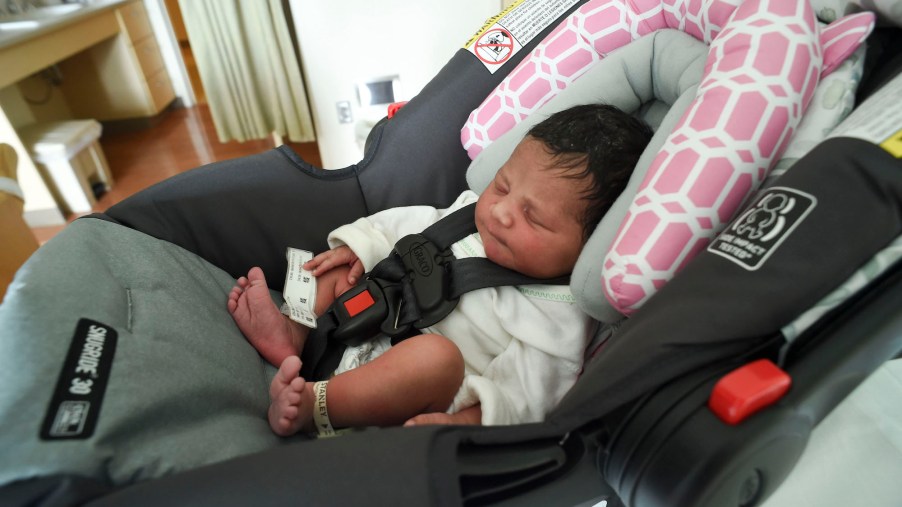
What You Should Know Before Buying a Car Seat for Your Baby
No matter how stylish or high-tech a vehicle, parents should be most concerned with car safety. Major automotive publications and regulators, such as the National Highway Transportation Safety Administration, test vehicles extensively for safety. But car seats are also important to evaluate.
Though child safety seats must meet minimum NHTSA standards, don’t assume all are created equal. If you’re a new parent, here’s what you need to know about car seats to protect your most precious cargo.
Which type of car seat should you buy for your baby?
If you’re shopping for car seats, you’ll come across three types. The first is a rear-facing model. You should use these from your child’s birth until they outgrow the maximum weight and height limits or turn 1 year old. These products come with a base that remains in your vehicle and a removable, portable seat. This car seat should also always face the rear of the vehicle for optimal safety.
Another type is a convertible car seat. They’re both rear-facing seats for toddlers (1 to 3 years old) and forward-facing seats for older children (4 to 7 years old). Some companies market their models for infants. However, these seats are heavier to carry or transfer from vehicle to vehicle.
Then there are booster seats, reserved for older children. You won’t need to use a booster until your child is at least 40 pounds or turns 4 years old. They offer an elevated seating position so that your child can use the vehicle’s seatbelt safely.
What you should look for in an infant car seat
You should first make sure your infant safety seat fits well in your car and can be installed easily and securely within, Babylist.com reports. Some models are ideal for smaller cars or larger models. You can secure a car seat using a vehicle’s seatbelt or the LATCH (lower anchors and tethers for children) system. Ideally, it should come with indicators showing you have installed it properly.
You’ll also want to look for models with easily cleanable fabric because messes will happen. And most infant seats on the market today are compatible with strollers, so you might want to evaluate both. For instance, you might want a car seat that’s compatible with strollers too big to fit in your trunk. If your infant car seat is sold as a standalone product, online product pages and packaging descriptions detail compatible strollers.
Finally, used car seats are generally less expensive than new ones, but you should ensure used models are safe. Models that are too old may no longer meet safety regulations or have worn-out parts. Obtain them from trusted friends or family members rather than buying one online if possible.
Also, check your car seat model’s history and flag any recalls. And try to obtain a product manual online to learn how to maintain the seat properly.
Other safety considerations
Laws and regulations set safety standards regarding how manufacturers must design child car seats. However, some laws apply to parents when transporting children inside vehicles. Varying by state, these laws come with financial penalties parents face if they don’t comply.
Each state sets safety standards based on input from federal and state regulators, safety experts, and other stakeholders. However, some safety practices depend upon the state. For example, in Illinois, children must ride in rear-facing seats until the age of 2 or until they grow to 40 pounds or 40 inches tall. But in New Mexico, children weighing less than 40 pounds must ride in rear-facing seats until age 4.
It’s important to understand state laws before buying a car seat for your baby. It’s equally important to do your due diligence on how best to protect your child in your vehicle. Read consumer and product reviews, as well as available research studies. Your child’s safety depends on it.


